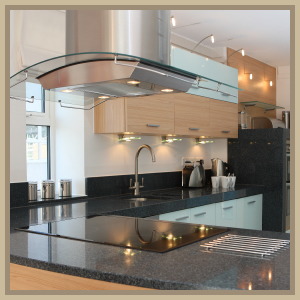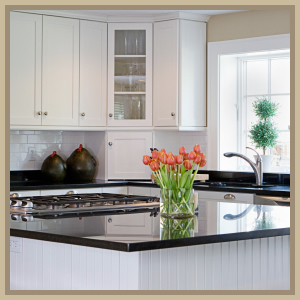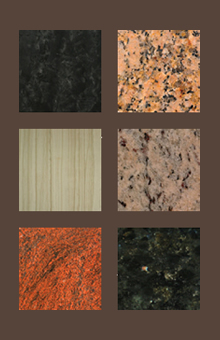


Limestone | Natural Stone
Limestone like Travertine and Marble is not suitable for Kitchen Bench tops although it can be done. However due to its soft and porous nature it will mark easily and soak up spills, causing staining.
Limestone + Kitchen Bench Tops = Not Recommended
Limestone is used in counters, floors (It is generally best in a low traffic indoor setting), paving, surface re-facing, and recently it has been incorporated into stone home furnishing items such as coasters, tables, and chess boards.
Limestone is one of the most versatile stones available. it is used to produce lime, to help extract iron, and is in many concretes. It is a stone with a wide number of uses. In its pure form it is hard enough to be used in almost any application, however it is relatively soft compared to other building stones such as Marble and Granite.
| Application | Rating | Reason |
|---|---|---|
| Commercial Use | Soft porous stone, easily marked. | |
| Bathrooms / Showers | Non Slip | |
| Kitchen | Soft stone easily marked. | |
| Floor Tiles | Non Slip | |
| Exposed Outdoors | ||
| * Ratings are used as a guide, individual applications may vary | ||
Origin of Limestone
Limestone is chiefly composed of calcium carbonate. It is a sedimentary rock, which means that it is formed by the collection of other minerals coming together to bond at a structural level. This most commonly occurs when minute sea creatures die and leave behind debris which over time solidifies to form limestone. It is white in its purest form however impurities that become stuck in the structure during formation cause colorful streaks and shades to appear in its surface.
There are literally an unlimited number of colors limestone can come in due to the variety of impurities and the nature of their relationship to the forming stone. Iron will generally cause the colors in limestone to shift to red, or yellow, while carbon will shift the colors more towards grey or black. The erratic nature of the way the impurities join with the limestone, means that each piece of limestone is unique.
Despite these wide variations Limestone can be easily categorized into several subgroups. Various Forms of limestone include chalk (a much softer version), and marl (a type of fertilizer). Travertine is also a limestone, though harder.
Find out more...




